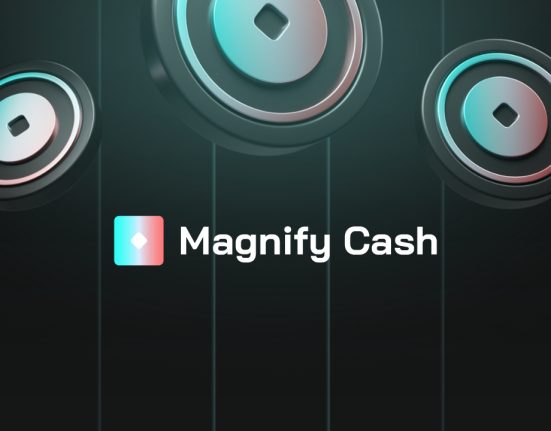Former Individuals’s Bank of China governor Zhou Xiaochuan stated in a speech on Saturday that the digital yuan is intended to focus on transactions for people and merchants rather than to replace SWIFT or weaponize the currency.
Zhou claimed the digital yuan is built for retail transactions and “may not necessarily be up to the task” if it is suddenly required to handle cross-border payments at the Tsinghua PBCSF Global Finance Forum in Beijing in 2022.
He believes that in the future, digital yuan could be modified for cross-border payments, but that the focus would stay on retail applications and that it will not be “used as a weapon.”
Zhou warned that the globe should avoid reverting to the icy ties that dominated commerce during the Cold War era, saying that such an outcome would “harm everyone.”
Last year, China’s central bank digital currency (CBDC), also known as the digital yuan or e-CNY, was put out in 23 locations as part of a pilot program and registered US$11.24 billion in historical transactions.
China’s central bank said in February that the digital yuan pilot program would be expanded to retail payments in Hong Kong, the world’s largest offshore renminbi distribution center.
The digital yuan has joined the mBridge project, which aims to make cross-border CBDC payments easier between China, Thailand, and the UAE.
Related Posts – Ferrari joins the NFT universe through a collaboration with a Swiss…
Latest News
The digital yuan, according to a former Chinese central bank chief, is intended for retail transactions
- by Will
- April 18, 2022
- 0 Comments
- 1 minute read
- 82 Views
- 2 years ago

Tags:
#Chinese Yuan#Digital Yuan#YuanCHINAChina Blockchain TechnologyChina governmentChina's digital YuanChineseChinese AppsChinese banksChinese FirmsChinese governmentChinese new yearChinese Tech FirmCryptoCrypto exchangeCrypto MarketCrypto TradersCRYPTOCURRENCYDIGITAL YUANdigital yuan salariesYuanShare This Post:
Will
author
My Name is Will. I'm a News/Content Writer and SEO Expert.
I have good way of using good English construction to write credible articles ranging from News Articles to Creative Writing all around Cryptocurrency Industry. I have actively worked and still working with Crypto startups and have maintained credibility in the Cryptocurrency space.













